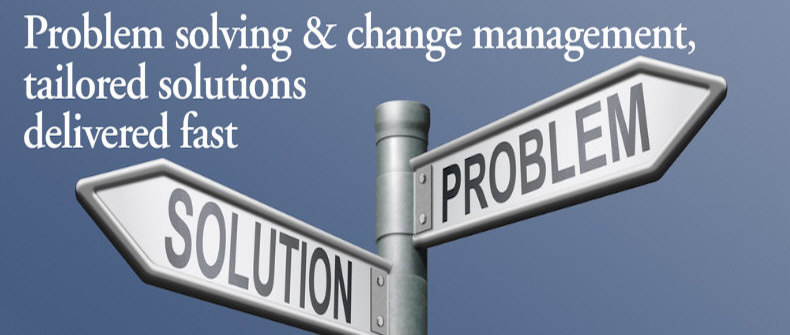Lean Six Sigma's impressive results are partly due to the fact that its projects are specially selected to deliver important benefits to the organisation. Properly defined projects will have clearly defined deliverables that align with the organisation’s strategy and goals, and these are more likely to be well resourced, and supported by management.
A good Lean Six Sigma project should be of a reasonable size, so that it can be completed in 3-6 months and so larger projects can be broken down into a series of smaller ones. The temptation is sometimes to choose “boil the ocean” projects that are so large that they consume a lot of energy but never get finished! At the other end of the scale projects that are too small or where the solutions are already known may not warrant the full Lean Six Sigma treatment.
A further factor is to consider is the level of expertise available for carrying out the projects. Green Belts will not usually have the time or expertise to carry out large strategic projects and rookie belts should not be too ambitious – especially without the close supervision of a Master Black Belt.
Typical Projects
Lean Six Sigma projects fall into two distinct categories: improving existing products and processes for which the DMAIC methodology is used, and developing new ones for which the DMADV methodology is used (see below for more on these methodologies).
Typical improvement projects would seek to reduce costs or improve performance and typical development projects would seek to deliver new products and services designed to meet a specific market requirement on time with low defect rates.
Selecting Projects
Prior to selecting and launching Lean Six Sigma projects, there are a number of factors to consider:
- Do I have an understanding of the strategic plan for the organisation? Projects are designed to address gaps between current and desired organisation performance, and so if the strategic plan is not understood, then the gaps cannot be identified.
- How do I align improvement effort with strategy? It would be no good launching a project, for example, to improve a particular product if that product is to be phased out.
- Do I understand the core business processes? Every organisation uses processes to transform inputs into outputs to provide products and services. An understanding of how the processes flow within the organisation is useful to identify potential improvements.
- Do I know how the goals and targets within the organisation are cascaded to the different departments and levels within the organisation? I will also need to know how KPIs are used to reflect performance.
SigmaPro’s approach to selecting Lean Six Sigma projects uses four stages: Identify, Prioritise, Select and Launch.
Identification of potential projects is the first stage and is typically undertaken by the Belt and the Lean Six Sigma Champion. This requires any gaps between the desired and actual performance of the organisation to be identified, and potential project opportunities brainstormed. There are several tools to help with this process. What is required at this stage is for the areas requiring improvement to be identified, not how this will be achieved.
Prioritise is the next stage, and once the potential projects are identified selection criteria need to be established. Selection criteria will most likely be things like, ‘Impact on organisational strategy’, ‘Resources required’, ‘Customer impact’, and ‘Financial benefits’. The potential projects are then ranked against the criteria, and the top few established for further evaluation.
The third stage, Selection, is for the top few potential projects to be evaluated for their business case by the key stakeholders. Champions should try to reach a consensus if at all possible regarding which project(s) are to be launched first and who is best suited to lead them.
The number of projects that can be tackled will depend on the resource available. It is usual for belts to have a single project during training, but thereafter more than one project can be tackled at any one time by Black Belts.
Project Launch is best considered as a handover from the Champion to the Belt, who will then proceed to the Define stage of DMAIC process. Here the precise objectives and resources for the project will be defined and agreed. The Champion will review progress during the project with the belt and project team, and will ensure that project progress is communicated key stakeholders.
Many organisations implement a gated review process where sign off has to be achieved after each stage of the DMAIC process prior to continuing to the next stage.









